- Date of opening: 1962
- UNESCO World Heritage Site: Tower of London (1988)
- Number of visitors per year: Approximately 1,00,000
- Collection size: 472
The Fusilier Museum, situated within the Tower of London, stands as a tribute to the legacy of the Royal Regiment of Fusiliers, an infantry regiment in the British Army that was formed in 1968, and armed with ‘fusils’ (muskets). Established in 1685, the regiment has left an indelible mark on various military endeavors. Housed in the former officers' quarters, the museum showcases a diverse array of artifacts, uniforms, and weaponry. Visitors can delve into the regiment's storied past through its galleries and guided tours, enriching their understanding of its enduring significance.
The museum is housed in a building originally built as officers' quarters.
Access to the Fusilier Museum is through the Tower of London entrance and is included with all Tower of London tickets.
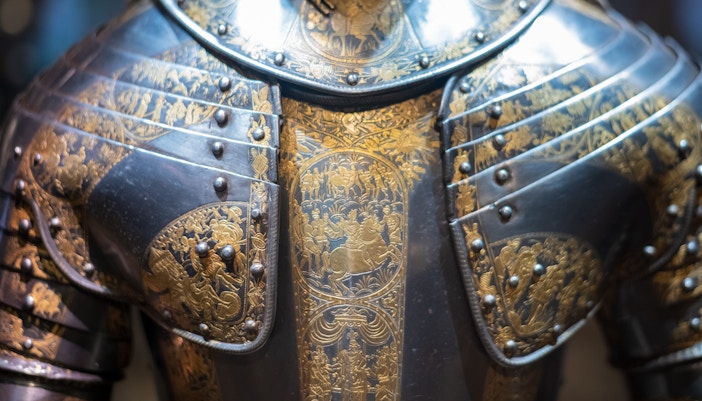
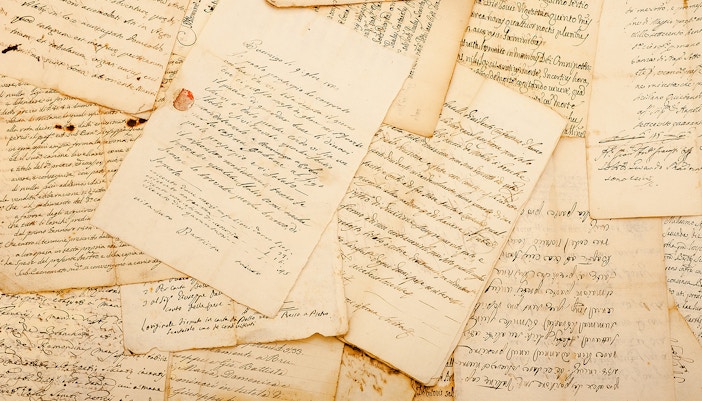
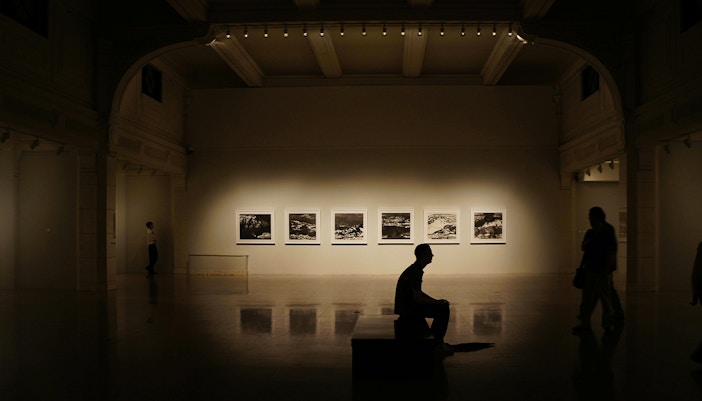
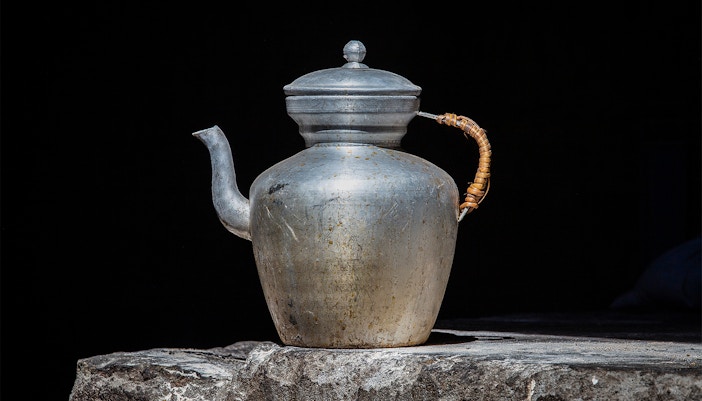
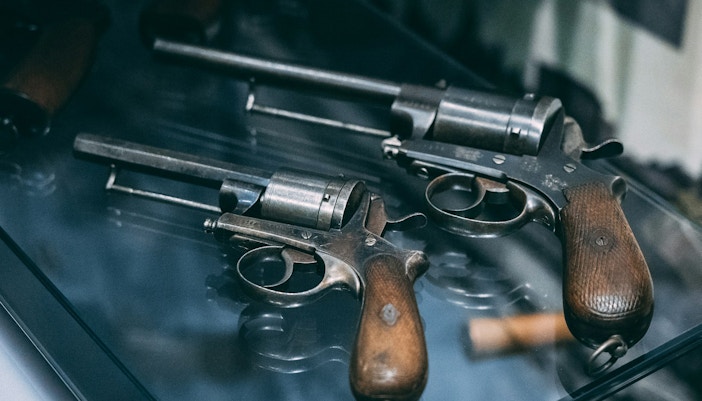
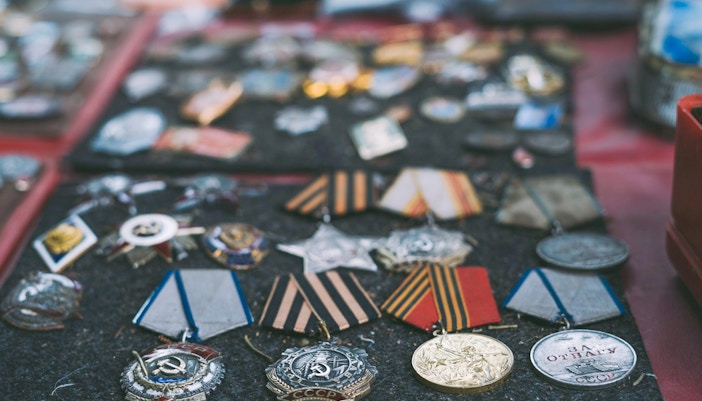
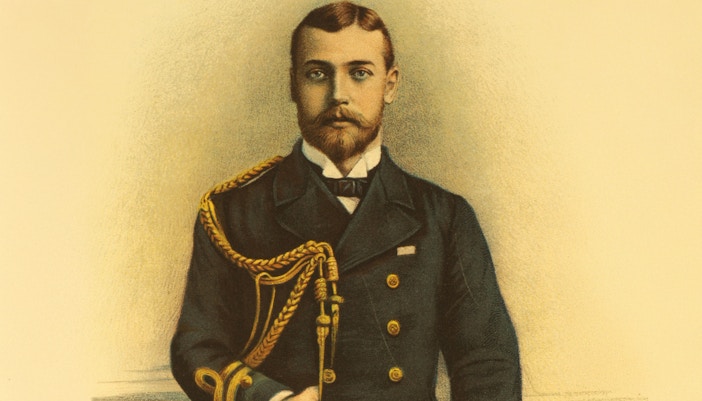
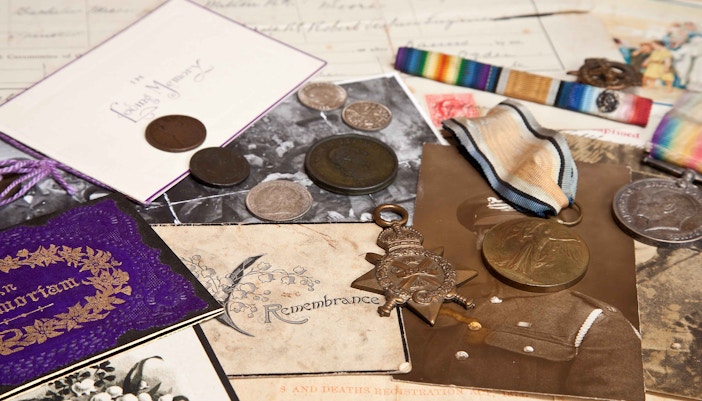
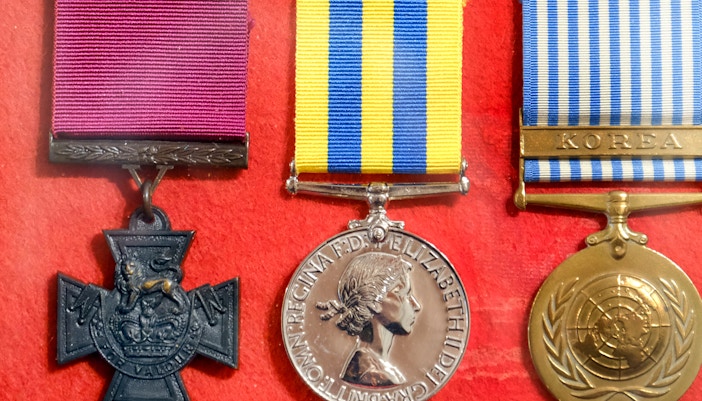

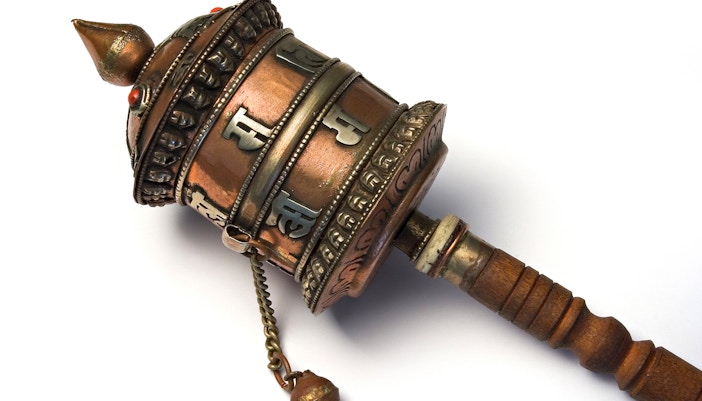
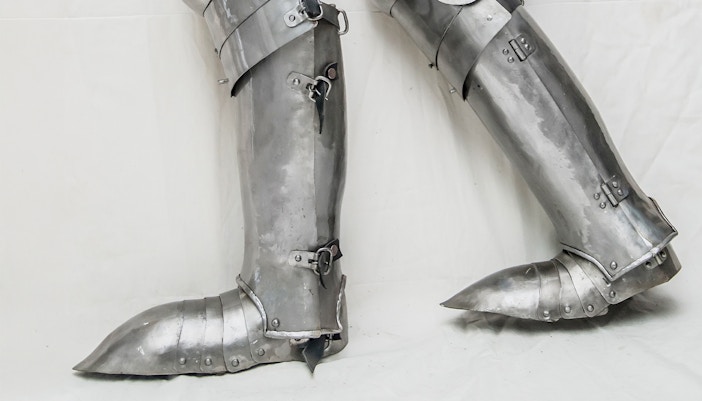
The Fusilier Museum tells the story of the Royal Regiment of Fusiliers, a distinguished unit with a history spanning over 300 years. The museum's roots trace back to the regiment's formation in 1685. Over time, soldiers and officers began collecting personal artifacts, regimental memorabilia, and historical documents.
In 1962, the museum officially opened its doors to the public within the Tower of London, its historic home. Through the years, new exhibits have been added, reflecting the regiment's evolving role and the changing nature of warfare.
Today, the Fusilier Museum remains an important resource for understanding the history of the regiment and the British Army. It serves as a place of remembrance, honoring the sacrifices and achievements of Fusilier soldiers throughout the ages.
Visit the Fusilier Museum to immerse yourself in the rich military heritage of the Royal Regiment of Fusiliers through engaging exhibits, interactive displays, and a profound exploration of historic campaigns.
Yes, guided tours are offered, providing in-depth insights into the exhibits and the history of the Royal Regiment of Fusiliers.
Weekday mornings generally offer a quieter experience. Consider visiting during off-peak hours for a more leisurely exploration.
No, the museum is not wheelchair accessible.
Yes, photography is generally permitted inside The Fusilier Museum. Some areas might be restricted.
No, the museum does not have toilets, but you can find the washrooms located in the Tower of London.
Included with Tower of London tickets
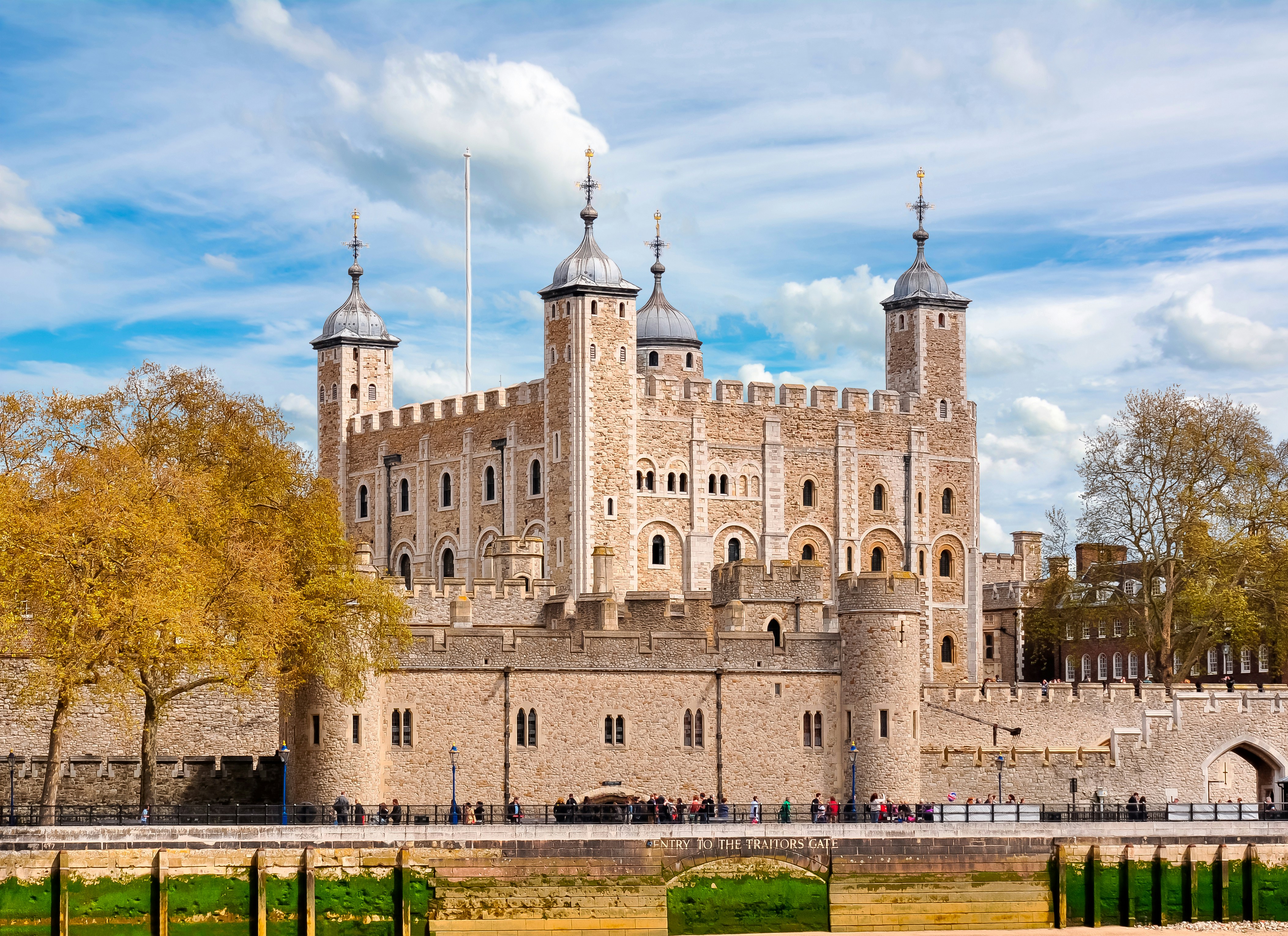
Timings
RECOMMENDED DURATION
3 hours